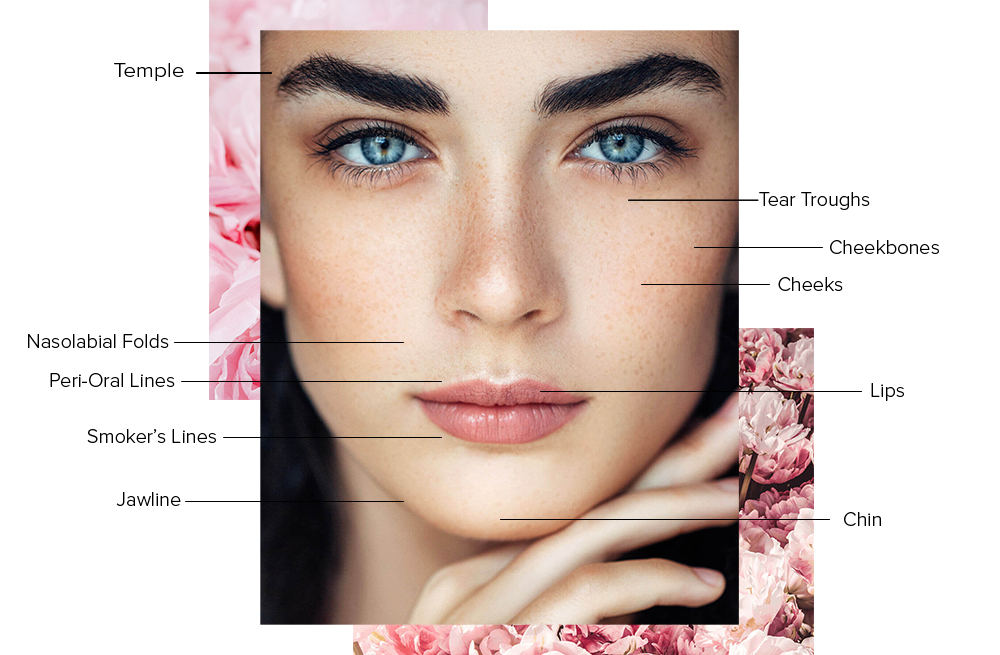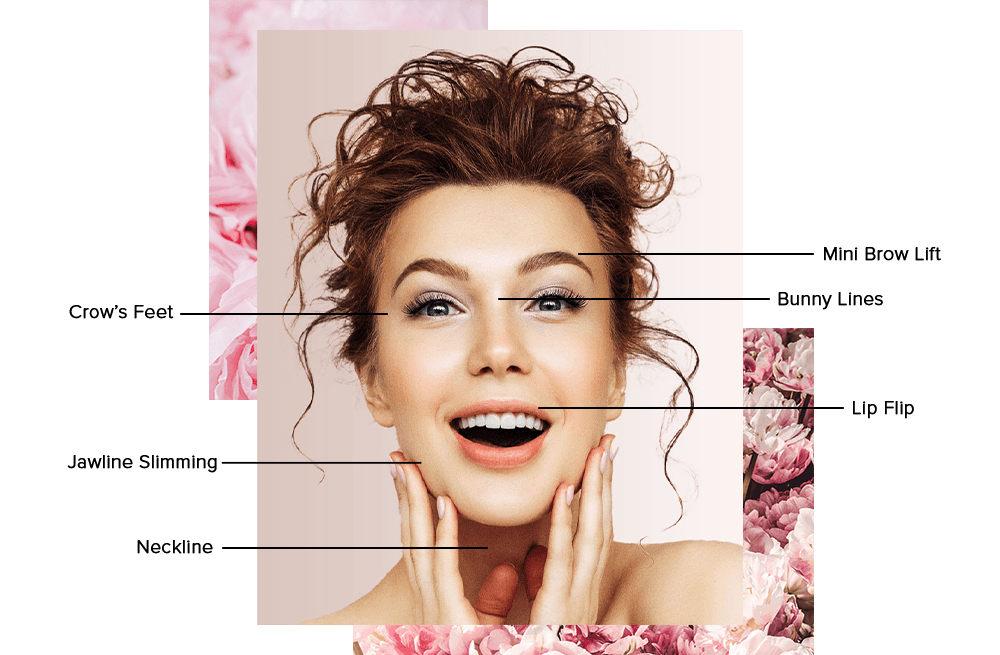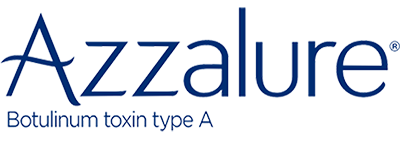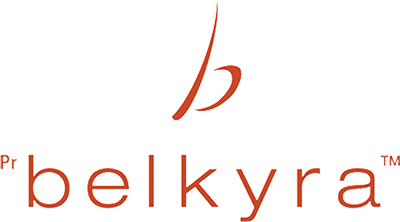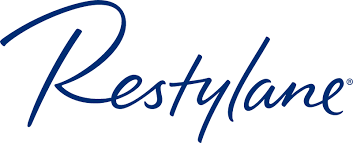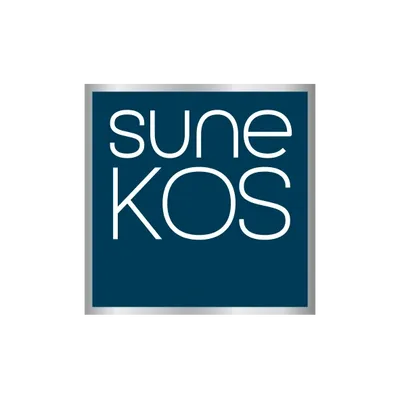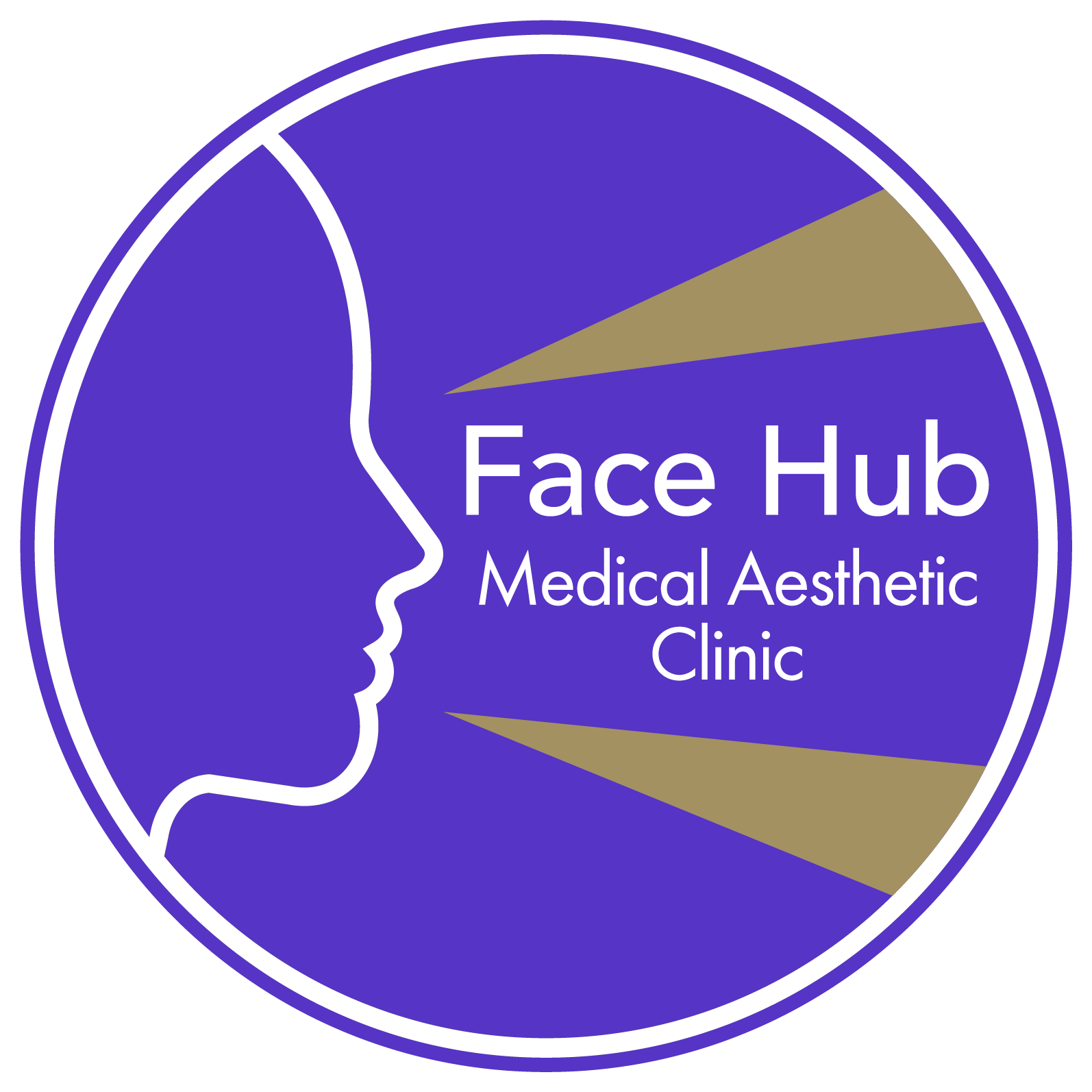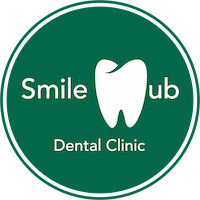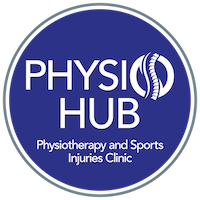Bayside Medical Centre
Bayside Shopping Centre,
Sutton,
Dublin 13, D13 W2K1
Monday - Sunday:
7:30am - 10pm
Open 7 Days a Week
Open 365 Days a Year
Open on Weekends
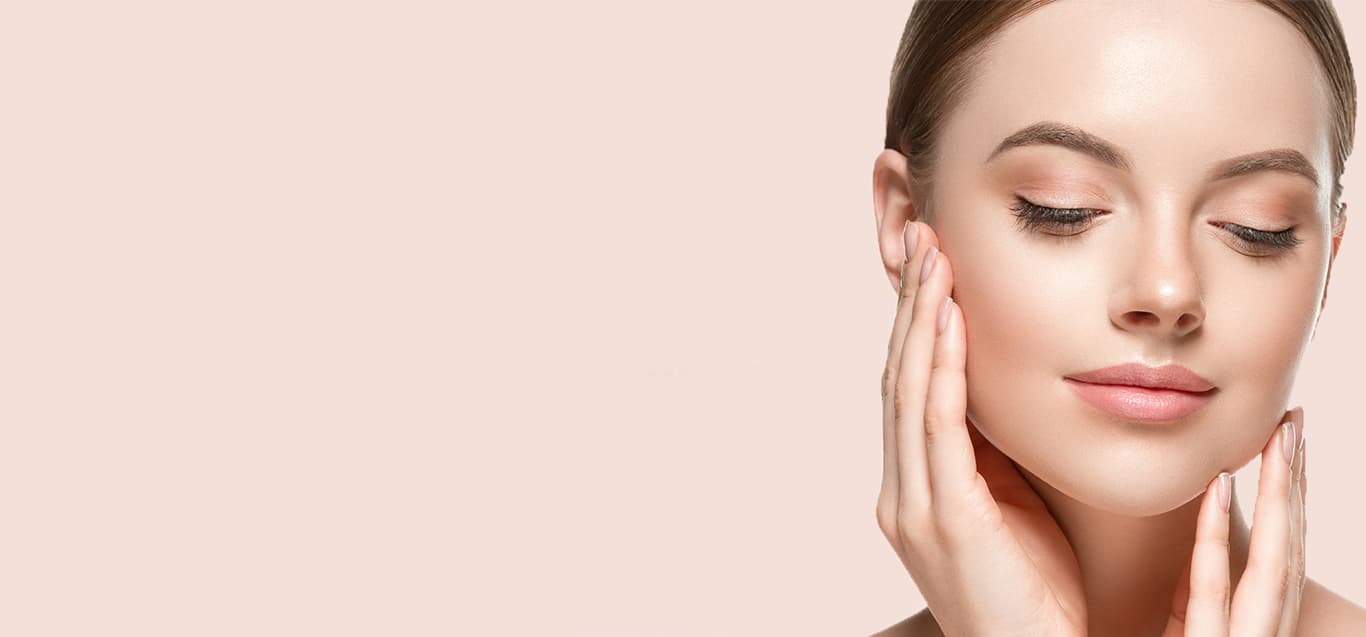
Skinipedia
Please find the glossary below:
A
Acne and its aftermath:
A dermatological concern arising from obstructed pores, marked by inflamed, fluid-filled lesions that may result in lasting marks upon recovery.
Aesthetic medicine:
The application of procedures devoid of surgery to enhance physical appearance and address the holistic health of individuals.
Alopecia:
The condition of losing hair, encompassing both partial and complete hair loss.
Anaesthetic:
The administration of pain-relieving medications to patients undergoing procedures. These can either be local, allowing the patient to remain conscious during treatment of a specific area, or general, inducing sleep for more intricate interventions..
B
Body contouring:
A broad term encompassing various treatments and procedures devised to transform, redefine, firm, and contour the body's shape.
Breast enhancement procedure:
Commonly referred to as breast augmentation or enlargement, this involves the insertion of implants to augment breast size, enhance shape, or correct irregularities.
Botulinum toxin application:
A neurotoxin produced by the bacterium Clostridium botulinum, used to induce muscle weakness. Injected into the skin, it temporarily weakens muscles for three to four months, reducing or eliminating wrinkles and addressing dynamic lines.
Brow lift:
A surgical intervention aimed at adjusting the position of a low or sagging brow, also contributing to the smoothing of lines on the forehead.
Butt lift:
Surgical procedures designed to alter the shape of the buttocks, resulting in a fuller and reshaped appearance.
C
Chemical Peel:
A process involving the application of a chemical solution to the skin to remove its upper layers, resulting in smoother regrowth. In cases of light or medium peels, patients might undergo the procedure multiple times to achieve the desired outcomes. Chemical peels are employed for addressing wrinkles, skin pigmentation issues, and scars, primarily on the face. They can be performed independently or in conjunction with other cosmetic procedures, with varying depths ranging from light to deep. Deeper chemical peels yield more pronounced results but require an extended recovery period.
D
Dermabrasion:
A technique involving the mechanical exfoliation of the skin, targeting the removal of the outermost layer (epidermis) to unveil fresh skin underneath.
Dermal fillers:
The placement of fillers beneath the skin at varying depths, including the dermis, subcutaneous layer (fat layer beneath the muscle), and just above the bone. This process aids in addressing and sculpting the indications of facial aging. Also referred to as Injectable Fillers.
Dermis:
The layer situated beneath the visible outer layer (epidermis) and above the fat layer (subcutaneous layer), known as the dermis. Comprising collagen, elastin, hyaluronic acid, along with blood capillaries, nerve endings, hair follicles, and glands, the dermis contributes to the skin's strength, flexibility, and overall integrity.
E
Elastin:
A protein that serves as the primary component of elastic connective tissue, predominantly located in the dermal layer of the skin.
Epidermis:
The top layer of the skin, referred to as the epidermis.
Excessive sweating:
Termed hyperhidrosis, this is a condition characterized by unusually heightened sweating, occurring even when the body does not require cooling.
F
Fat injections:
A procedure involving the extraction of fat from the patient's own body, which is then re-injected to augment facial fullness, address creases, or enhance shallow contours. Additionally, this technique can be employed to inject fat into other areas of the body for various aesthetic purposes.
G
Gynecomastia:
Commonly referred to as 'man boobs,' this condition arises when males develop breast tissue due to an imbalance between estrogen and androgen hormonal activity.
H
Hyaluronic acid:
Also known as hyaluronan, this substance is naturally present in the body and is widely distributed throughout connective, epithelial, and neural tissues. In cosmetic procedures, it is injected in gel form to restore lost volume to the face, smooth lines, or add fullness to the lips.
Hyperhidrosis:
Also referred to as hyperhidrosis, it denotes a state of abnormally heightened sweating.
Hyperpigmentation:
Hyperpigmentation is characterized by areas of skin that become darker than the surrounding areas. Various types include age spots, melasma, and post-inflammatory hyperpigmentation.
Hypopigmentation:
Hypopigmentation is marked by the absence of normal amounts of melanin (the pigment responsible for skin color), often caused by diseases, injuries, burns, or other traumatic events affecting the skin.
I
Injectable Filler:
An injectable filler utilized to enhance the skin at various depths, aiming to address facial wrinkles, restore facial volume, and augment facial features, ultimately contributing to a smoother appearance. Many of these wrinkle fillers are temporary as they are gradually absorbed by the body over time.
K
Keloids:
Elevated overgrowths of scar tissue that manifest at the site of a skin injury, typically resulting from trauma, surgery, blisters, vaccinations, acne, or body piercing, where the skin has been damaged.
L
Laser hair removal:
A medical procedure utilizing a concentrated beam of light (laser) to eliminate unwanted hair. In this process, the laser emits light that is absorbed by the pigment (melanin) in the hair, leading to permanent hair reduction typically after three to seven treatment sessions.
Laser Resurfacing:
A skin treatment involving the application of a laser on the surface skin, promoting the formation of healthy new skin during the healing process.
Laser tattoo removal:
The use of a high-intensity light beam to break down the color pigment in tattoos.
Laser therapy:
The application of a specialized light beam on the skin to address conditions such as spider veins, acne scarring, hyperpigmentation, and other skin-related issues.
Laser-assisted liposuction:
A fat removal procedure using laser technology in conjunction with suction. The laser's heat softens or liquefies the fat, facilitating easier removal with a cannula and often resulting in reduced bruising for the patient. The added benefit of laser heat includes skin tightening.
LED light therapy:
A skincare treatment utilizing light-emitting diodes with varying wavelengths, including red and blue. Red light is primarily employed for anti-aging purposes, while blue light is used for acne treatment.
Light therapy:
The application of intense pulsed light to alter the texture or discoloration of the skin, aiming to improve skin texture, pigmentation, vascular lesions, and reduce redness in patients with rosacea. Unlike lasers, intense pulsed light releases light of various wavelengths (broad-spectrum).
Lip augmentation:
The injection of fillers to enhance lip fullness, address asymmetry, or rejuvenate the lips.
Liposuction:
Also known as lipoplasty, it's a procedure that involves removing fat from below the skin using a vacuum, creating a smoother appearance.
Lump or bump removal:
The elimination of excess or unwanted warts, moles, and skin tags.
M
Malar augmentation:
Commonly known as cheek augmentation, this procedure involves the insertion of temporary dermal fillers or permanent surgical implants into the cheek area to enhance definition.
Melanoma:
A form of skin cancer originating deep in the epidermis, characterized by its irregular shape and pigmented black or brown color. Melanoma arises from pigment-producing cells called melanocytes.
Mole removal:
The surgical or laser-based removal of a skin growth, typically a brown mole.
N
Nasolabial Fold:
The natural crease extending from the nose to the corner of the mouth.
Nevus:
A term referring to a birthmark or mole on the skin, often describing a birthmark in the form of a raised red patch.
Nose job:
Also recognized as rhinoplasty, it encompasses both surgical and non-surgical procedures aimed at modifying the shape of the nose.
P
PMMA:
Microspheres composed of polymethylmethacrylate, utilized as a filler in cosmetic procedures.
Prescription skincare:
Refers to skincare products that are available only with a prescription (POM - Prescription-Only Medication). Examples include Hydroquinone and Tretinoin.
R
Rhinoplasty:
See nose job.
S
Scar:
A permanent mark on the skin resulting from injury, surgery, or a skin condition such as acne.
Sclerotherapy:
A treatment for varicose or spider veins involving injections to make them collapse and appear less noticeable.
Skin Resurfacing:
A procedure aimed at enhancing the appearance and texture of the skin.
Skin tags:
Pieces of soft, hanging skin that may have a peduncle or stalk.
Spider veins:
Superficial leg veins that appear just below the skin surface, causing red, blue, or purple discoloration.
Stretch marks:
Also known as striae, these are streaks of red, thinned skin that can appear during rapid stretching, such as during growth spurts or pregnancy. Over time, they become glossy and scar-like in appearance.
V
Varicose vein:
Enlarged and swollen veins resulting from the malfunction of their valves, leading to impaired blood flow.
Varicose vein removal:
The process of eliminating swollen veins in the leg through various treatments, including methods such as stripping and laser surgery.
Contact Us
Mon - Sun:
7:30am - 10pm
Open 7 Days a Week
Open 365 Days a Year
Open on Weekends
Bayside Medical Centre
Bayside Shopping Centre,
Sutton,
Dublin 13, D13 W2K1




